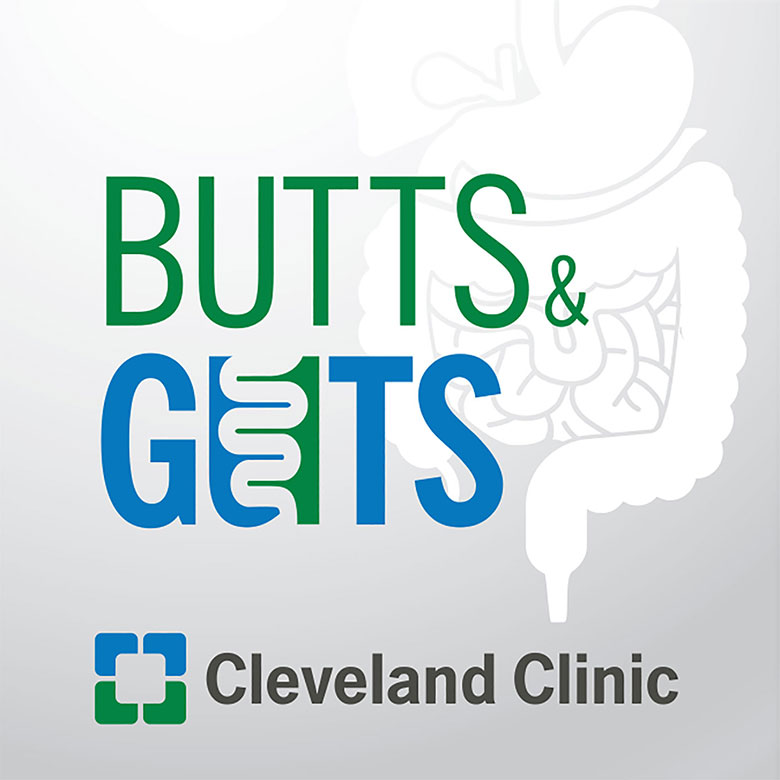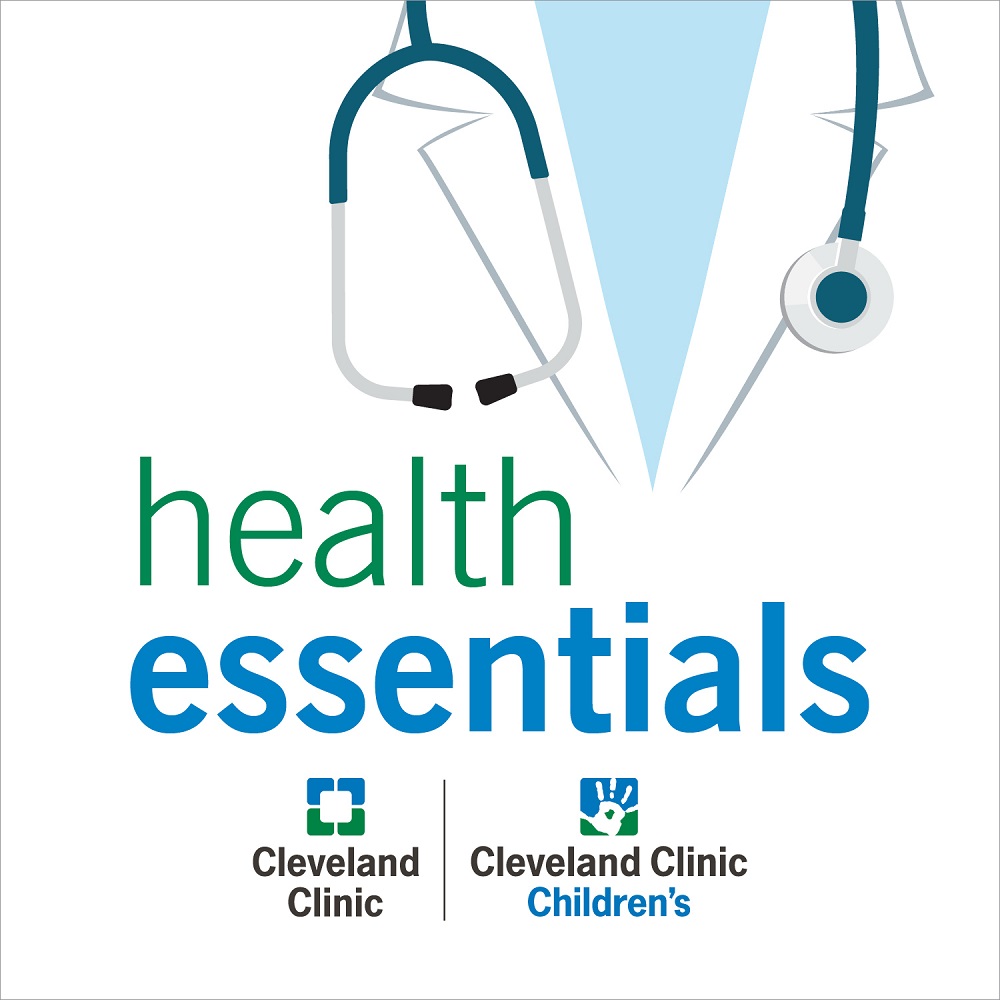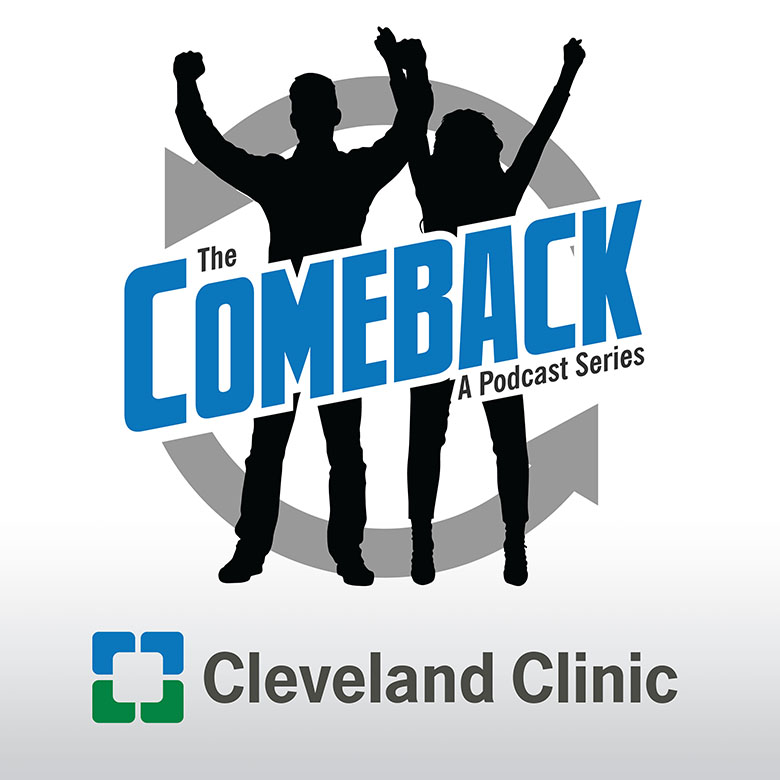Innovations in Carotid Stenting
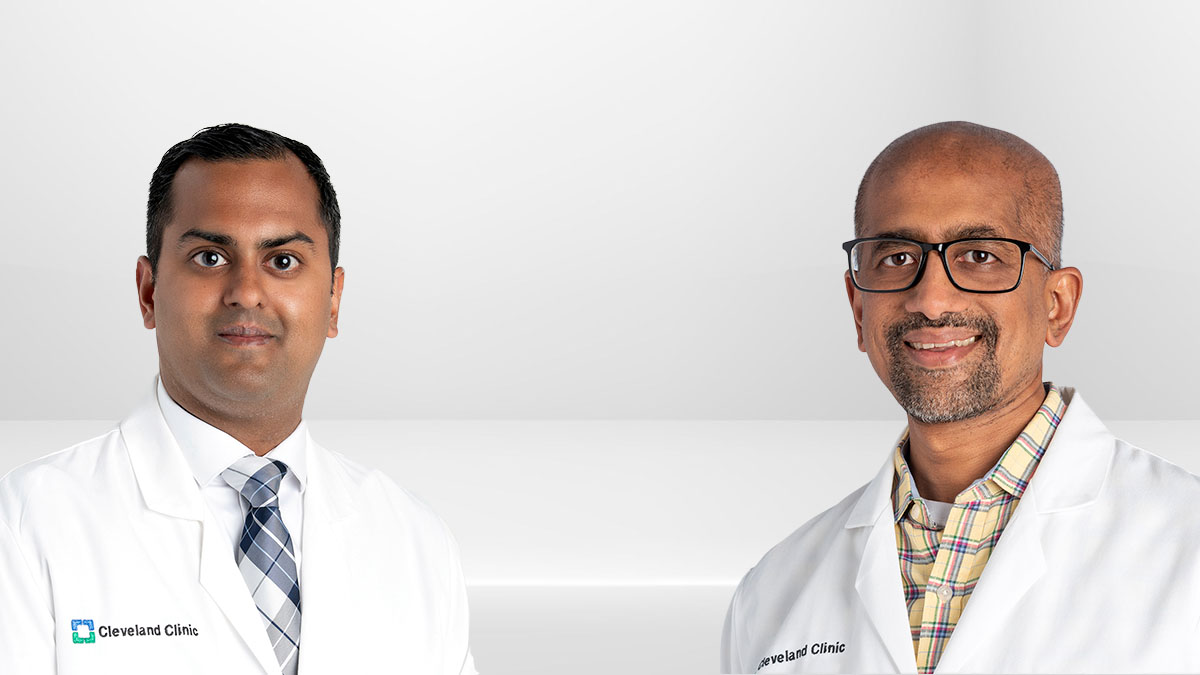
Ravi Ambani, MD, and Aravinda Nanjundappa, MBBS, MD, discuss Cleveland Clinic’s leadership and progress in treating carotid artery disease. Learn how multidisciplinary teams are transforming care with new research on medical and surgical therapies.
Get treatment for carotid artery disease.
Schedule an appointment at Cleveland Clinic by calling 844.868.4339.
Subscribe: Apple Podcasts | Podcast Addict | Buzzsprout | Spotify
Innovations in Carotid Stenting
Podcast Transcript
Announcer:
Welcome to Love Your Heart, brought to you by Cleveland Clinic's Sydell and Arnold Miller Family Heart, Vascular and Thoracic Institute. This podcast will explore disease prevention, testing, medical and surgical treatments, new innovations and more. Enjoy.
Aravinda Nanjundappa, MBBS, MD:
I'm Aravinda Nanjundappa from Interventional Cardiology. I have a special interest in peripheral vascular interventions. I have the great pleasure to introduce my esteemed colleague, Dr. Ravi Ambani, one of the very highly skilled vascular surgeons. I have a special respect and regard for him because of his extensive skillset in vascular surgery. In addition, he has a very good endovascular skillset that will match any of our cardiology colleagues who do peripheral vascular interventions. Yet, what I admire with him is that he's very collegial in the way we work together between the two, interdepartmental [areas]. I've heard also that he works closely with interventional radiology in particular cases. The biggest thing is we get the best outcome for the patient by working together.
What are the best treatment options? The topic today is carotid artery interventions. I'll let Dr. Ambani talk about where the carotid artery intervention started, where we are and what are the clinical trials we are involved in, and how we work closely between vascular surgery, cardiology and neuroradiology for carotid artery revascularizations. Thank you.
Ravi Ambani, MD:
I appreciate that introduction. As Dr. Nanjundappa said, my name is Dr. Ravi Ambani. I'm one of the vascular surgeons here. I think one of the key things about being at Cleveland Clinic that's nice is this really collegial teamwork effort to take care of patients like yourself that are coming here to see us. We specialize in everything from cardiovascular care, and I think one of the topics here today is how to manage carotid disease.
With carotid artery disease, I think we've come a long way since we initially diagnosed people with this. We've come from everyone traditionally getting carotid endarterectomy, or open surgery, to moving towards an endovascular approach or minimally invasive approach where we can use carotid artery stenting. Now we've settled on new hybrid methods where we combine our open surgical techniques with carotid artery stenting, and that's where this multidisciplinary approach to cardiovascular care and cerebrovascular care really comes into play.
I think we should start with talking about what carotid artery disease is. It tends to be a buildup of plaque disease in the carotid arteries that run through your neck. This has been associated with stroke risk over an annual period. When little pieces of these plaques break off, they can go to the brain and cause strokes. Now, it's not a very common thing, but it is something we look for and we screen for. In most patients, we're going to find this without symptoms. We're just going to find this from screening. A very small percentage of patients will present with symptoms, and that's why this is usually a procedure or intervention we do to reduce risk, but not really eliminate it.
Traditionally, we've used something called carotid artery endarterectomy, which involves an incision on the neck where we clean out all the plaque, and then repair the hole we made in the artery with a patch or other device. That's been the traditional approach. I want to turn it over to my colleague here to talk about how we can use stenting to treat the same disease with a more minimally invasive approach.
Aravinda Nanjundappa, MBBS, MD:
Thank you, Ravi. The carotid artery disease, as Ravi elegantly explained, can cause stroke or ministroke. We are trying to treat them best medically first, and then we opt for carotid surgery or carotid stenting. However, all of these three can be done in conjunction, too. What I mean by that is the medical treatment always plays a base role for all of this. That is what we saw in one of the leading national trials called the CREST trial, which was carotid revascularization trials, where we saw the role of medical therapy becomes very important.
What is medical therapy? These patients should be absolutely on aspirin. If patients cannot tolerate aspirin or had a stroke, they should be on what we call P2Y 12 receptor inhibitors. That is Plavix, preferably, and then we tackle the blood pressure. If the patient has hypertension, we prefer them to be on an ACE inhibitor or an ARB (Angiotensin II Receptor Blockers), that is, an antihypertensive drug. If the patient has known coronary artery disease, we would like them to be on a beta blocker. All these patients, irrespective of how much plaque they have, how much cholesterol they have, they should be on cholesterol medications, which we call statins. Uniquely, unequivocally, statins can reduce the risk of future stroke, and also the severity of the stroke can be reduced.
Then going down the line, the blood sugars have to be controlled very well. Hemoglobin A1C has to be lower. Body weight plays a role, so the BMI should be reduced. Risk factors such as smoking should be abolished, so smoking cessation should be taken. We encourage people not to be in a sedentary lifestyle and advise exercise. This should be the bottom-line goal of therapy.
Surgery still plays a big role in carotid endarterectomy for suitable patients. However, in some subsets of patients, we do have a good role for carotid artery stenting. I would like to take a minute and thank Dr. Sean Lyden, the head of vascular surgery, for getting the carotid stent approved not only at the local level, but nationally at the CMS level. Sean Lyden, being a vascular surgeon, played a pivotal role in saying carotid stent has a good role.
One of the clinical trials that he was participating in also, which is use of a system called the Paladin with a Neuroguard stent, showed that the risk of stroke can be very low, 0-1%. It requires a regular carotid filter to be placed high up in the brain, and a specialized second filter which has a force of only 40 microns. Then the whole system will do the balloon dilatation and put a stent with the same single catheter, reducing the risk of stroke to be very low. Also, the stent is a very unique stent which has very small pores in it, so that it doesn't allow the plaque to protrude. The patients had stent results which were very equivocal for the surgery, so that led to the carotid stenting.
I can say, outside of Cleveland Clinic, some of them had a reservation, should the carotid stenting be considered as equal as carotid surgery, but Dr. Lyden and colleagues played a pivotal role in getting the carotid stenting approved, so that led to the approval. If patients have symptomatic carotid disease, more than 50% and asymptomatic, that means no symptoms more than 70%, it's reasonable to consider carotid stenting. However, we should have a patient-and-physician discussion and offer them all three treatment options of medical therapy, surgery, stent, and have a team approach to do this.
This is where Cleveland Clinic plays a unique role. I can pick up the phone and call Dr. Ambani or any of my vascular surgery colleagues and say, "I have such-and-such a patient. What do you think about it?" For example, a patient at 40-50 years coming with carotid disease is not super high risk or anything like that. I think such a patient should get a surgery, in my opinion. It's okay about who treats, as long as the patient gets the best outcomes. However, if a patient comes with 70-plus years, has heart disease, has plaque, and we can safely do the procedure without much complications, and I can use these two systems safely, then I think it's reasonable to consider carotid stenting.
Ravi Ambani, MD:
Yeah, I couldn't echo that more. I think, when we're approaching all these problems from a multidisciplinary approach and we have good colleague support, I think a discussion between us, between the interventional cardiologists, the vascular surgeons, the neurointerventionalists, we can provide the most streamlined individualized care to patients. If we need to do an endarterectomy, we can do that. If it's someone that can't tolerate general anesthesia or going to sleep for the surgery, then we can consider a stenting trial. We get techniques that are advanced year over year. Now that we've had this combination approach, where we have a surgical incision plus a stenting, I think that's really opened up a lot of avenues for treating more patients.
The one benefit, and one of the things that drove both of us to the Cleveland Clinic, is that we have access to all these technologies that are at the forefront of the industry, whether that's going through the newest stenting trial or waiting for new technologies to come down to help us treat carotid disease with modulating the calcium and then stenting. I think these are the opportunities we have to provide patients here that not everywhere in the country can say they have. I think that's the role that the Cleveland Clinic plays in cerebrovascular care.
I think, in terms of newer technologies that are coming, I think as we move to a stent, a minimally invasive approach, I think dealing with people with heavy calcium disease is going to be challenging, and that's where we're investigating stuff. We're involved in a new trial that's looking at a minimally invasive transcarotid approach to treating carotid disease, and we'll be involved in further trials here forward. I think that's why, when we have leaders like Dr. Nanjundappa and Dr. Sean Lyden here at the clinic, that's why we get access to these technologies.
Aravinda Nanjundappa, MBBS, MD:
I think this is very important, what Dr. Ambani touched the point. Carotid stenting itself technically can be sometimes challenging, but once we have a good experience and good training, we can do it. The nature of the disease is when there is a plaque in the arch, when I'm coming from the groin artery and flipping the catheters, the plaque can progress, and plaque can move. Without even engaging any catheter, any filter, I could have already caused a stroke. We saw that in the ACAS trial when we were doing just diagnostic angiograms. We were getting risk of stroke. The manipulation of what we call the aortic arch, if it can be minimized, the outcomes are really good. This is where TCAR, which is Transcarotid Artery Revascularization, comes into play. Cleveland Clinic has been one of the leading centers to get the TCAR approved and also have TCAR in place where it is now.
Also this PERFORMANCE III trial, which is going to use innovative filters, innovative stents, and also this stent itself, which is very protective. This technology involves making a very small incision in the neck and it can be done with very minimal sedation. Sometimes we may need anesthesia, but not to the deep extent of a regular anesthesia. Once they access and then have a control, they can do the carotid stenting, and they will be reversing the flow so no plaque goes up. This prevents the manipulation of the arch.
You get the best of both worlds. What I mean by that is you get the carotid stenting, it's very minimally invasive, and this artery in the neck gets sutured up. Patient can go home next day, and that's where the best outcome for the patient is. We are looking forward to the PERFORMANCE III outcomes, and we are very positive that it will be the leading pathway for treating patients in the future. We are also doing some of the cases through radial artery intervention to reduce the femoral complications. Of course, it can't be used for every case, but a few selected cases.
Ravi Ambani, MD:
Yeah. I think, in terms of questions I get when I see patients in the clinic is, "If I get a carotid artery surgery, how long am I going to be here? What's the recovery look like?" I think for most of these interventions, you pretty much are only in the hospital for about a night. Most of our patients go home the next day. They resume their normal activities. They can do exercise if they want. They can fly. They can do everything that makes them, them. All the approaches heal pretty well. Usually, we'll follow you pretty closely as an outpatient, see people at a month, six months, and we follow you out for the rest of your time with us. We always want to make sure that whatever we did, whether that's surgery or stent, stays open and stays reblockage-free, because sometimes these things can reblock in time. That's why we keep following you. From the short-term outlook of it, it's a pretty short stay in the hospital and a pretty quick recovery.
As we wrap up, I think the one thing that makes us at the Cleveland Clinic a center of excellence and somewhere to get your heart and vascular care is that we not only have access to new technologies, innovative and minimally invasive approaches to taking care of patients, but more than anything, we work together. I think this is evidence here, where Dr. Nanjundappa and I share a lot of patients together. We share patients with a neuroradiologist, and we're all working together with one goal in mind, and that's to take care of you as the patient and give you the best outcome possible. I think there's not a lot of places that provide the level of care that we do, and that's why I'm happy to work here.
Aravinda Nanjundappa, MBBS, MD:
While we wrap up, there's one department I had to mention that plays a pivotal role, both between vascular surgery, interventional cardiology and several other departments, is vascular medicine. We are blessed to have a very strong vascular medicine department, a very large department, with four to five fellows working every year. We are one of the largest vascular medicine fellowship programs in the country. It's led by Dr. Scott Cameron, an extremely brilliant physician, both a clinical researcher and very good academic clinician. Their team has an unbiased approach about where the patient should go, but they always make sure that the patient gets the best treatment. They end up seeing most of the vascular patients, both in outpatient and inpatient.
They're the gatekeepers for vascular disease for our hospital. They do a really great job of making sure somebody like me doesn't miss out on the medical treatment that we talked about, and also what should be the best option. In my mind as a stenting person, I may want to stent everybody. They can reel the brakes back on me and say, "Hey, how about surgery? This patient is a good candidate for that." When I hear it from someone else, it makes me wonder, yes, that may be the better option. I'm thankful to have this multispecialty department, including vascular medicine and vascular surgery. I must say we are blessed to work with a great hospital like this to give the best patient care.
This is something we both share, both Ravi and me. We came from an outside facility. We came from a very large hospital where we saw both academic and private practice combined together. The care provided at Cleveland Clinic, not just because I work here, I can say is unparalleled to provide the best treatment for the patient.
Announcer:
Thank you for listening to Love Your Heart. We hope you enjoyed the podcast. For more information or to schedule an appointment at Cleveland Clinic, please call 844.868.4339. That's 844.868.4339. We welcome your comments and feedback. Please contact us at heart@ccf.org. Like what you heard? Subscribe wherever you get your podcasts, or listen at clevelandclinic.org/loveyourheartpodcast.
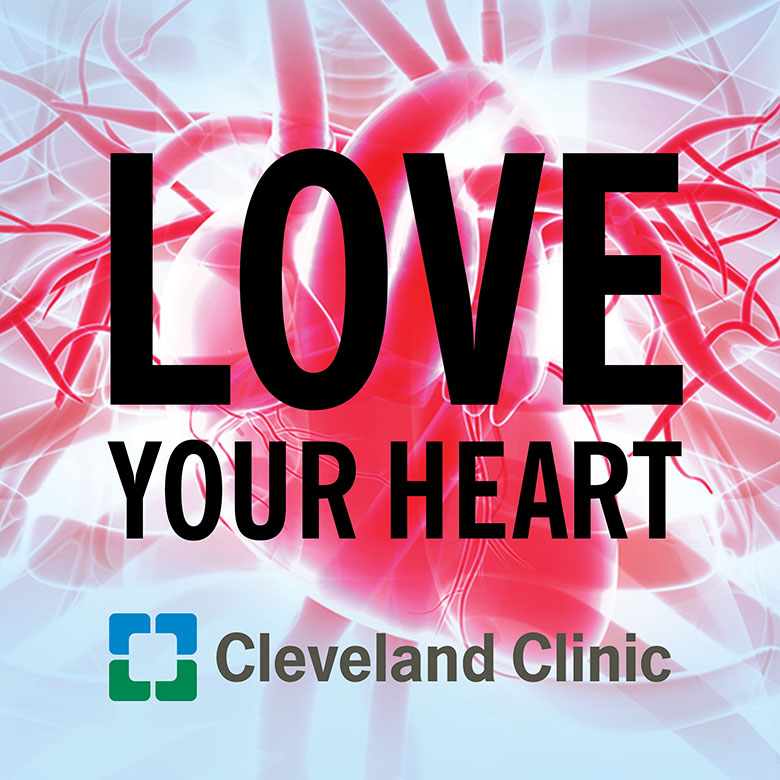
Love Your Heart
A Cleveland Clinic podcast to help you learn more about heart and vascular disease and conditions affecting your chest. We explore prevention, diagnostic tests, medical and surgical treatments, new innovations and more.
